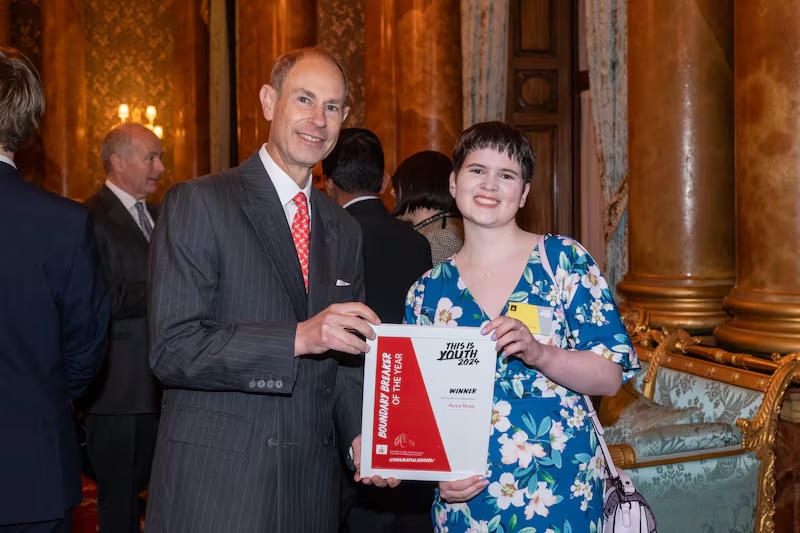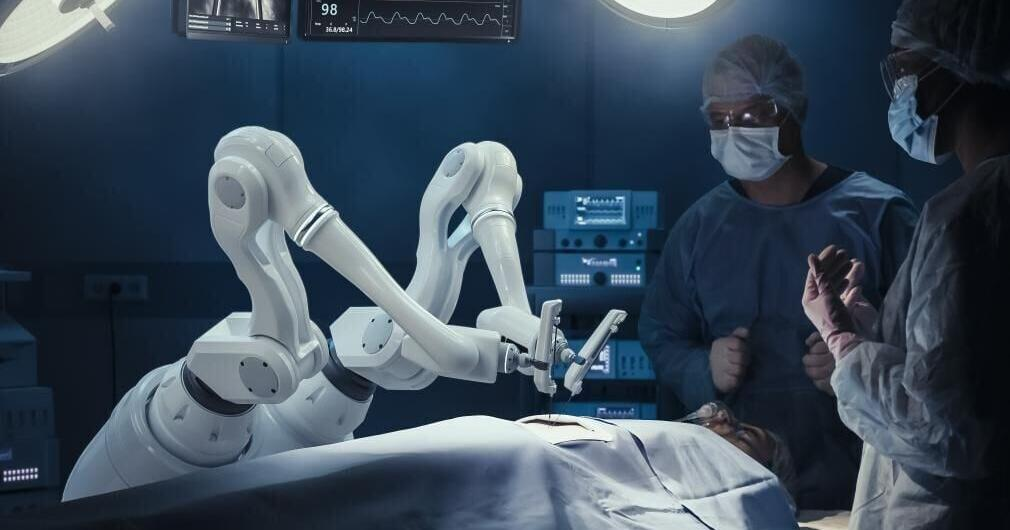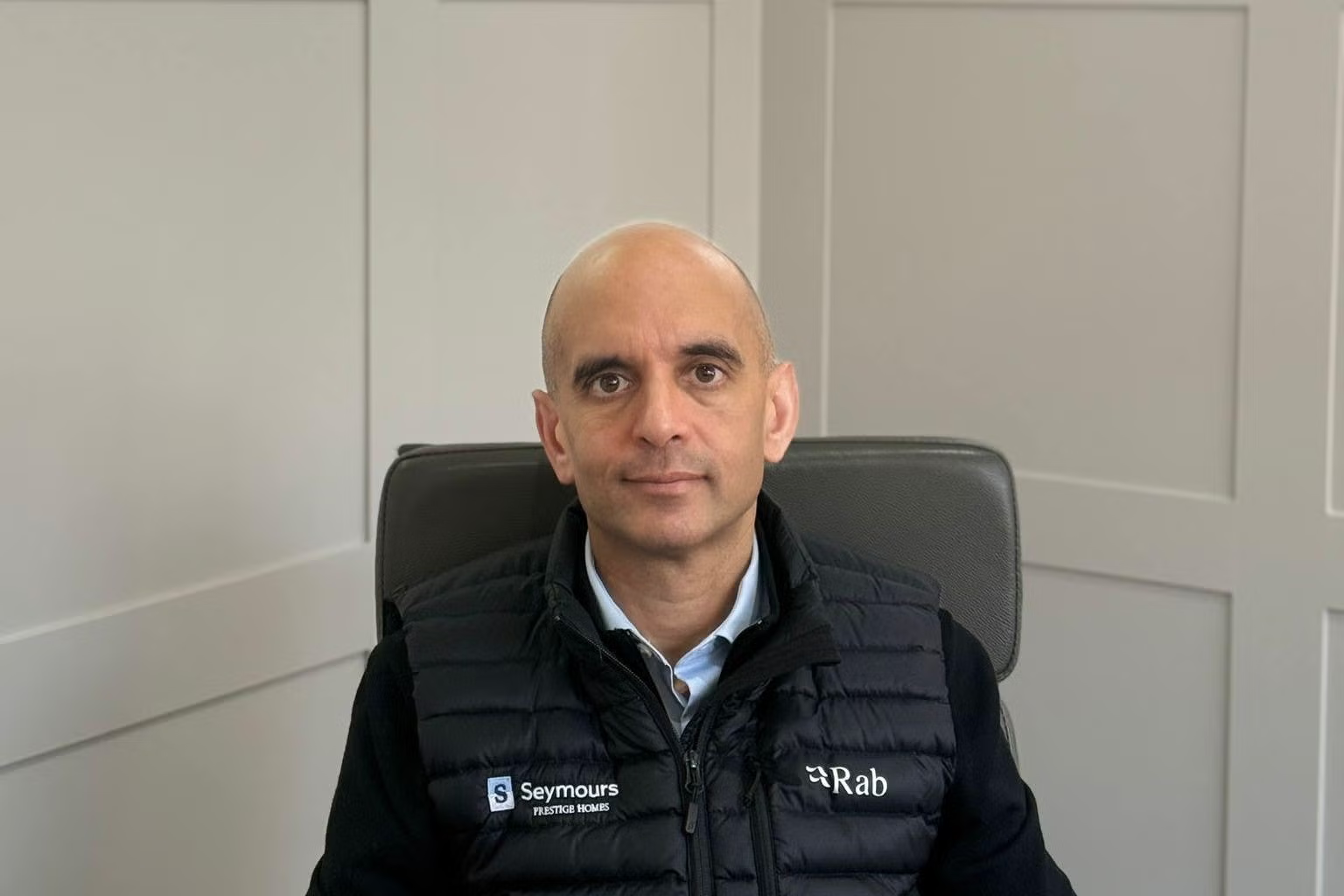The first to receive robotic microsurgery in the UK, Nick Lees, a 47-year-old estate agent from Godalming in Surrey, credits King Charles for prompting him to seek medical attention for what turned out to be a rare form of skin cancer.
His remarkable journey from an unexpected diagnosis to groundbreaking treatment has highlighted the potential of robotic-assisted microsurgery in cancer treatment. The pioneering procedure, conducted at the Royal Marsden Hospital in London, has not only saved his life but has also set the stage for a revolution in surgical precision and patient recovery.
A Routine Mark That Led to a Life-Changing Diagnosis
Nick Lees, an avid golfer, had noticed a mark on his chest for some time but dismissed it as nothing more than a result of carrying his golf bag. With no pain or discomfort, he never considered it to be a cause for concern.
However, around the time King Charles was undergoing treatment for cancer, the widespread media coverage about the King’s condition made Lees reconsider his own health.
Realizing that he should get the mark checked out, he visited his general practitioner, who initially did not find anything alarming but suggested he see a dermatologist for further examination.
Read : Huntington Bank Fires Employee for Taking Leave to Take Care of Daughter Dying with Breast Cancer
A biopsy was conducted, and much to his shock, the results confirmed he had a rare type of soft tissue sarcoma called dermatofibrosarcoma protuberans (DFSP). This particular form of skin cancer, though rare, required urgent surgical intervention to prevent further complications.
Pioneering Robotic Microsurgery: A Groundbreaking Approach
Given the complexity of the cancer’s location and its impact on surrounding tissues, the medical team at the Royal Marsden Hospital opted for a pioneering robotic-assisted microsurgery approach using the Symani Surgical System.
This marked the first time in the UK that the technology was used for reconstructive surgery following cancer removal. The procedure involved surgeons using robotic arms to perform microsurgical reconstructions with an unprecedented level of precision.
Read : Robot Throws Itself Down the Stairs in South Korea: First Robot Suicide Case in the World
Traditionally, microsurgery for such cases required surgeons to manually stitch blood vessels under a microscope, a process that demands extreme steadiness and skill. The Symani system, however, enhances surgical accuracy by eliminating natural hand tremors and allowing for more precise suturing of blood vessels as small as half a millimeter in diameter.
Consultant plastic and reconstructive surgeon Aadil Khan, one of the leading doctors involved in the procedure, explained how this cutting-edge technology revolutionizes microsurgery.
By remotely controlling robotic arms through a screen, the surgeon can perform intricate reconstructions with enhanced stability and reliability. This advancement significantly improves patient recovery times and minimizes post-surgical complications.

The procedure took place in November last year, and remarkably, Lees was able to return to work within weeks, showcasing the effectiveness of the robotic-assisted approach. His rapid recovery surprised even his medical team, who had initially anticipated a much longer healing process.
A New Era for Cancer Treatment and Future Implications
The success of Nick Lees’ surgery has sparked optimism within the medical community regarding the future of robotic microsurgery in cancer treatment. The Royal Marsden Cancer Charity, which funded the acquisition of the Symani system, views this as a stepping stone toward wider adoption of robotic-assisted techniques in the National Health Service (NHS).
Kieran Power, head of the plastic surgery unit at the Royal Marsden, expressed his enthusiasm for the technology’s potential. He highlighted how robotic microsurgery could lead to faster recoveries, reduced pain, and improved overall quality of life for cancer patients undergoing complex surgical procedures.

Antonia Dalmahoy, managing director of the Royal Marsden Cancer Charity, echoed these sentiments, emphasizing the charity’s commitment to funding innovative solutions that enhance patient care. She noted that this pioneering effort not only benefits patients in the UK but also sets a precedent for similar advancements worldwide.
For Lees, being the first patient to undergo this revolutionary procedure is a matter of pride. Despite initial apprehensions, he trusted his medical team and recognized the significance of his participation in advancing surgical methods. His story serves as an inspiring example of how medical technology, combined with proactive healthcare awareness, can lead to life-saving interventions.
As researchers continue to evaluate the long-term benefits of robotic microsurgery, there is hope that this technology will become more widely accessible, offering a new lease on life to countless patients facing complex surgical challenges. The groundbreaking procedure that saved Nick Lees’ life is not just a personal triumph—it is a testament to the future of precision medicine in cancer treatment.

